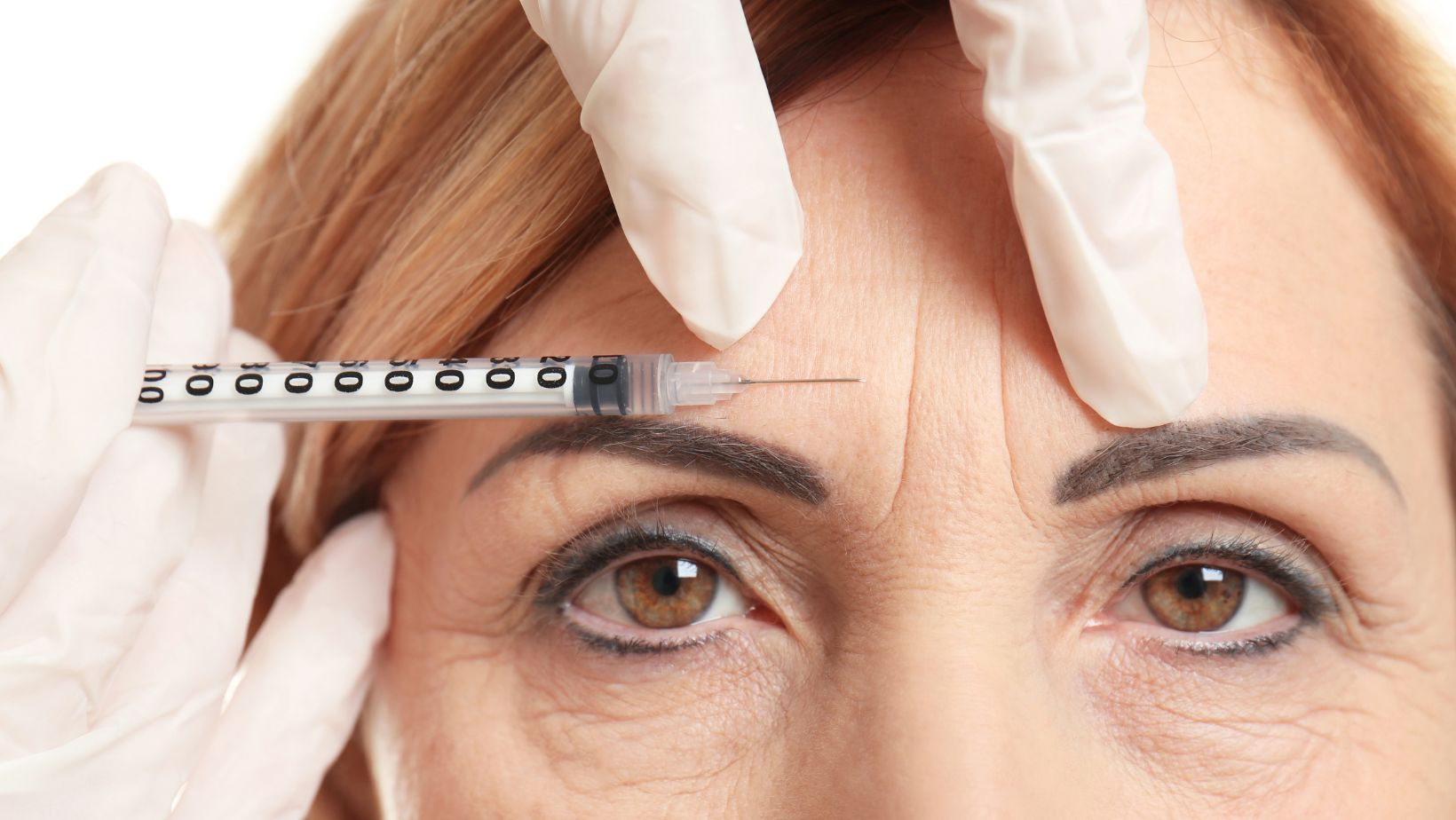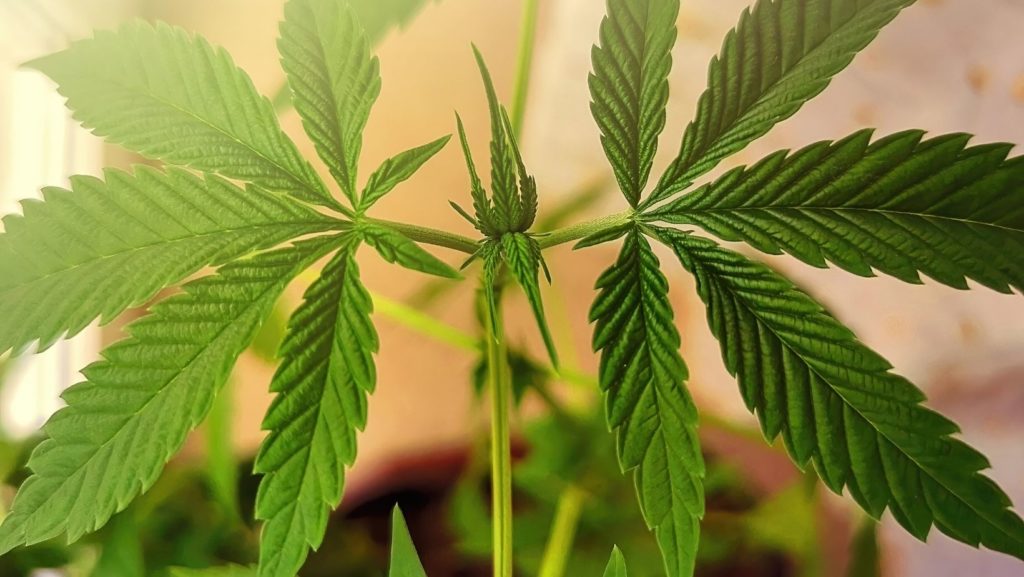Botox and Acne: Can It Help Improve the Appearance of Acne Scars?

Acne scars can stick around long after pimples have disappeared, affecting our skin’s appearance and feelings. Many folks wonder if treatments like Botox can lend a hand in smoothing out those pesky reminders of past breakouts.
Understanding why acne happens and how it leaves its mark is key to exploring how Botox might help. Let’s uncover the potential ways Botox could improve the appearance of acne scars and learn some tips to make the most of this treatment.
Reason We Get Acne and Acne Scars
Acne is often seen as pimples or blemishes. They emerge when hair follicles become clogged with oil and dead skin cells. This blockage can result from hormonal changes, excess oil production, bacteria buildup, or certain medications.
When these follicles get clogged, they create an ideal environment for bacteria to thrive. This leads to inflammation and the formation of acne.
The severity and persistence of acne can vary widely among individuals. For some, it may be occasional. While for others, it could be more chronic and severe. This is when it potentially leads to scarring. Acne scars form due to the skin’s attempt to heal itself after the damage.
Types of acne scars include “ice pick” scars (small, deep holes), “rolling” scars (broad depressions), and “boxcar” scars (wide craters). These scars can linger long after the acne has cleared, impacting skin texture and appearance.
How does Botox Help Improve Acne Scars?
Botox, commonly known for its wrinkle-reducing properties, has shown some promise in addressing certain types of acne scars.
Although primarily used for relaxing facial muscles to reduce wrinkles, its impact on acne scars is more indirect and related to its effects on skin texture and appearance.
• Altering Scar Formation
Certain acne scars, particularly “boxcar” scars, are influenced by the interaction between facial muscles and the underlying scar tissue. These scars often present as depressions in the skin, formed due to the pulling or tension created by active facial muscles around them.
Botox injections around these scars aim to relax the adjacent muscles, reducing the tension they exert on the scar tissue. By alleviating this tension, the depth and visibility of these scars might diminish over time, resulting in a smoother skin surface.
• Addressing Ice Pick Scars
While primarily beneficial for certain types like boxcar scars, Botox can also assist in managing ice-pick scars.
Although these scars are deeply indented and more challenging to treat, by reducing surrounding muscle tension, Botox may soften the harsh angles and make these scars appear less severe over time.
• Improving Skin Texture
Aside from its impact on specific scar types, Botox can also contribute to refining overall skin texture. Enlarged pores are a common concern among individuals with acne-prone skin. Botox injections around the pores help relax the adjacent muscles, reducing their appearance.
This process results in a smoother skin surface as the muscles’ relaxation minimizes the contraction of pores, making them appear smaller and less noticeable.
• Stimulating Collagen Production
Although not a direct effect, some studies suggest that Botox injections may stimulate collagen production in the skin. Collagen is essential for maintaining skin structure and elasticity.
The process of injecting Botox could potentially trigger a healing response in the skin, leading to increased collagen production. This boost in collagen levels might help gradually improve scar texture and appearance over time.
• Preventing Scar Deepening
Active facial muscles around acne scars can exacerbate scar formation. By injecting Botox around these areas, muscle movement is restricted, preventing further deepening or worsening of the scars.
This preventive measure can contribute to minimizing the long-term impact of certain types of acne scars.
• Combination Therapy Benefits
Combining Botox with other scar-reducing treatments, such as laser therapy, injectable fillers, or microneedling, may enhance the efficacy of scar removal.
Botox’s ability to relax muscles combined with the stimulation of collagen production from these additional treatments can potentially yield more significant improvements in scar appearance.

Tips to Optimize Your Botox Treatment for Acne Scars
Here are some tips you can follow to optimize your Botox to remove your acne scars.
• Facial Exercises
These exercises, whether guided by a dermatologist or through facial yoga, aid in relaxing facial muscles.
By reducing muscle tension, they complement Botox by preventing excessive muscle movement that might worsen scar appearance. When used in conjunction with Botox, they contribute to smoother, more relaxed skin.
• Skin Massage
Professional guidance on gentle massage techniques can significantly benefit scar improvement. Enhanced circulation and stimulating collagen production in the treated areas support the skin’s healing process, working synergistically with Botox to reduce scar visibility.
• Microneedling
Professional microneedling sessions, when combined with Botox treatments, stimulate collagen synthesis, further encouraging skin rejuvenation. This combination helps in reducing the appearance of scars by promoting healthier skin texture and tone.
• Topical Treatments
Prescribed topical treatments such as retinoids and vitamin C complement Botox by promoting healthy skin turnover and collagen synthesis. These treatments, when used consistently as advised, enhance the effects of Botox by encouraging scar reduction and skin rejuvenation.
• Avoiding Facial Stress
Stress-relieving practices like yoga or meditation can significantly impact scar appearance by reducing facial tension. This reduction in tension complements Botox by minimizing muscle movement, ultimately contributing to improved scar visibility.
• Healthy Diet and Hydration
A balanced anti-acne diet rich in skin-supportive nutrients and proper hydration is crucial for overall skin health. When combined with Botox treatments, a healthy lifestyle supports the body’s natural healing processes, aiding in scar reduction and skin rejuvenation.
• Sun Protection
Regular sunscreen application shields scars from harmful UV rays, preventing sun damage that can impede scar healing.

Effective sun protection complements Botox by preserving the skin’s integrity, allowing it to heal and regenerate more effectively.
• Scar-Friendly Makeup
Using non-comedogenic makeup as recommended helps support the healing process and prevents pore blockage. This complements Botox by ensuring the skin remains clear and allowing it to heal without interference.
• Lifestyle Adjustment
Avoiding smoking and excessive alcohol consumption is crucial for overall skin health and healing. These habits can hinder collagen production and slow scar improvement, potentially interfering with Botox’s effectiveness.
Conclusion
You now know how acne scars can linger, impacting skin appearance. Botox relaxes muscles around scars, refining skin texture, which is why it is such a sought-after treatment. Combining it with exercises and skincare tips enhances results for smoother, improved skin over time.




